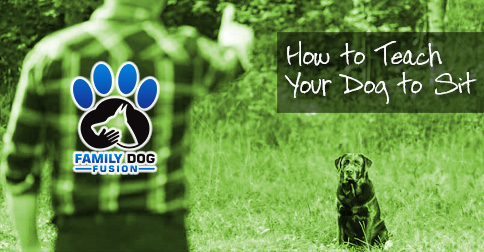 SIT is one of the most critical basic dog training commands. Use this deceptively simple routine to learn how to teach a dog to sit and stay in RECORD time.
SIT is one of the most critical basic dog training commands. Use this deceptively simple routine to learn how to teach a dog to sit and stay in RECORD time.
For more information about teaching your dog to sit, listen to Discover Your Dog Episode 045: Dog Training Basic Commands: SIT
Most of the time I talk to a new client, I will tell them that I teach basic dog training commands:
- Heel
- Sit
- Come
- Down (which means lie down)
- Place (which means go to a mat and lie down on it)
Very often I get the response, “My dog already knows sit.”
How Do You Know that Your Dog “Knows Sit”?
I will inquire about two things:
One, did you use a treat to get her to sit? And two, can you walk away and your dog hold the command?
Typically the answer is yes to the first part and no to the second part of the question.
Many times during a session, an owner will put their dog into a sit while I am instructing them. I will ask them to release the dog from the command, and then it becomes apparent: most people do NOT have a release command!
Also, the old school of thought is to put your dog into a sit/stay. This is when you really want your dog to hold the sit for a little longer so you ask her to stay as well.
Obedience is Your Dog’s Willingness to Obey
Think about this for a minute…
If you have to use a treat to get her to stay, is she being obedient?
If she can stop obeying whenever she wants, is she being obedient?
If she breaks command as soon as you walk away, is she being obedient?
Obedience is the willingness to obey.
If you give the sit command and can continue on with your business for over a minute, then your dog is being obedient. Treats constitute motivation and your dog will soon expect treats from you—this expectation is not “willingness to obey.”
So how do you teach your dog to sit obediently?
The Three Easy Steps To The Perfect Sit
With a leash on your dog, tell her to sit. Then, quickly and calmly put a hand on her chest and one hand one her rump and push her chest towards her tail while guiding her rump to the ground.
- Using positive tones and words to reinforce the motion of sitting then when she relaxes, stop talking, release her, and stand up.
- If she stays in the sit position, continue to praise her verbally (not physically at the beginning stages) for up to 10 seconds or more.
- If she pops up, say the phrase, “All-Done” (This is the release command I use. Others say things like “Free,” “Free-Dog,” “You’re finished,” etc. The important thing is to be consistent.)
It is not important how long your dog holds the command when teaching sit.
The two most important lessons here are saying the command only and exactly one time, and letting your dog hear and learn the release command.
That is it! Simple enough.
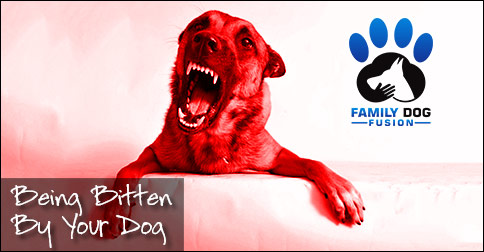 Being bitten by a dog is a serious issue we all have dealt with at some time.
Being bitten by a dog is a serious issue we all have dealt with at some time.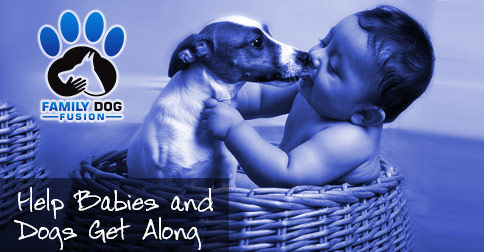 Putting babies and dogs together can create a stressful situation for everyone involved. Whether this is your first child or one of many, things are going to change for your dog when you add a baby to the mix.
Putting babies and dogs together can create a stressful situation for everyone involved. Whether this is your first child or one of many, things are going to change for your dog when you add a baby to the mix.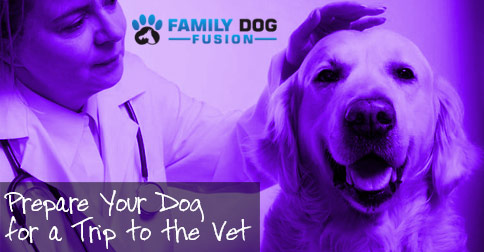 Taking your dog to the vet can be stressful for both you and your dog. The good news is, there are things you can do with your dog to make the regular vet visit an enjoyable experience.
Taking your dog to the vet can be stressful for both you and your dog. The good news is, there are things you can do with your dog to make the regular vet visit an enjoyable experience.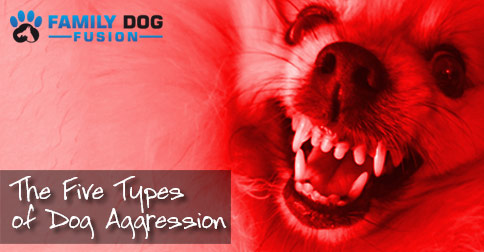 Dog aggression can be categorized in 5 different areas:
Dog aggression can be categorized in 5 different areas: